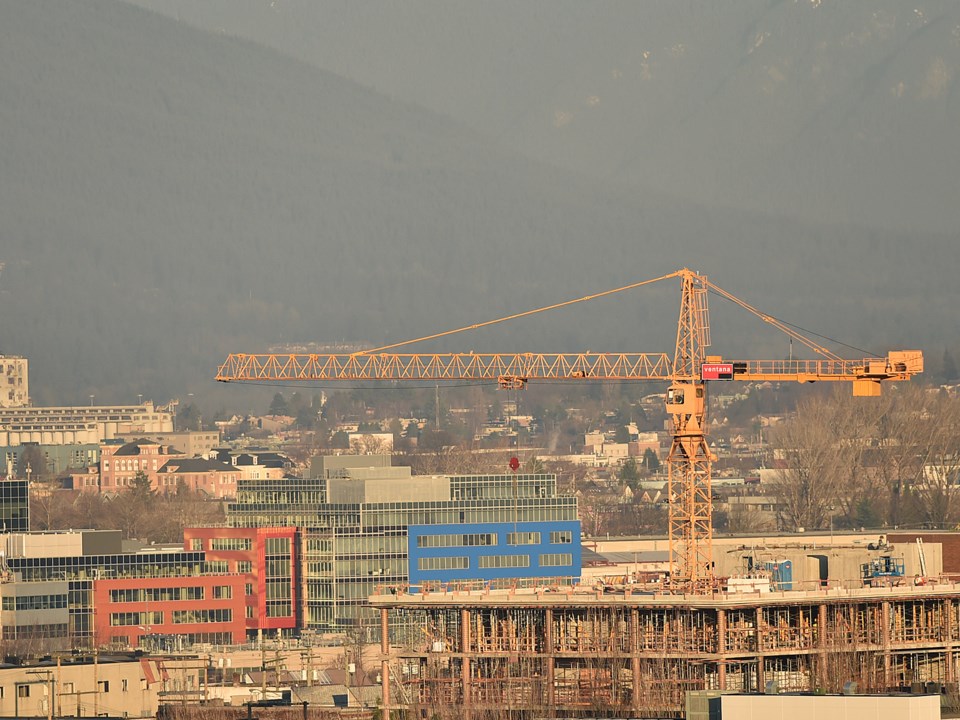Last week, Vancouver passed several significant policies to promote the development of rental housing.
They included “pre-zoning” for six-storey rental buildings along main streets; allowing rental buildings on single-family lots in “transition zones” near main streets; continuation of the Moderate-Income Rental Housing Pilot Program (MIRHPP); and streamlining the approval process.
In general, I support these initiatives. However, the timing of some proposals as the planning department embarks on an extensive and expensive city-wide planning process is questionable.
Staff appeared to acknowledge this by calling their presentation “Action While Planning.” LOL.
These new policies will now be further developed and brought back to council for public comment before final approval. In the meantime, here are some initial observations.
Pre-zoning for six-storey rental buildings along main streets so that every project does not have to go through a lengthy and costly rezoning is a good idea. However, a similar approach should be adopted for all the developments along the Cambie Street Corridor, since despite the approved overall plan, every project must go through a separate rezoning.
Allowing four-storey rental buildings on single-family lots along and near main streets is also a good idea. However, I would like to see greater encouragement for townhouses and stacked townhouses by offering them the same density as apartments.
One program does concern me and other West Side residents. It is the moderate-income pilot program.
Creating more affordable rental housing for moderate income residents is an excellent idea. However, this program, like the initial STIR program, is poorly conceived since there are no applicable planning guidelines establishing what additional height and density might be acceptable.
Consequently, some proposals appear out of scale with their neighbourhoods, including the 28-storey 10.5 FSR proposal at Broadway and Birch. Its density is three-and-a-half times that currently permitted along West Broadway.
While higher densities will no doubt be approved once the Broadway Plan is approved, this is one action that should await planning.
Streamlining the rezoning and approval process is much needed. However, this has often been promised without results. Kaye Krishna, the city’s former general manager of development services buildings and licensing, once proposed the equivalent of a “Nexus Lane” for experienced and qualified architects and developers. We are still waiting for it.
The staff report acknowledges that, notwithstanding higher densities, many developers will not build rental projects in Vancouver if annual tax and operating cost increases exceed permitted rent increases. This is particularly true if Vancouver’s proposed 9.3 per cent property tax and fees increase is approved.
While these policy changes will ultimately result in more rental housing, they will not help the poor souls who slept outside in the freezing cold last night.
Sadly, there are more homeless people on Vancouver streets today than in 2008 when a former mayor promised to end homelessness.
The successful modular housing program has accommodated approximately 650 formerly homeless people, providing both shelter and support services. But it is expensive, and other solutions are required.
In addition to building more permanent housing, some people could be housed in existing suites with support services. Institutional care is needed for some suffering with mental illness and more drug treatment facilities are needed. Family reunification programs could benefit some homeless people wanting to connect with relatives or friends.
Creating more shelters is another short-term solution. However, many existing shelters do not offer a place for residents to lock up their possessions or an address for those seeking employment.
Sadly, and I hesitate to write this, new mini-storage facilities often offer a better standard of accommodation than some shelters.
Another short-term solution would be to relocate modular structures from northern work camps or purchase new buildings offering rooms with shared or private bathrooms, along with kitchens, dining and gathering spaces.
While these buildings can be ugly, they need not be. They can be “wrapped” with attractive designs and landscaped to improve their appearance.
To decrease the likelihood that these buildings become permanent, they could be located on privately owned properties awaiting redevelopment, with property tax relief for the landowners.
While many will question this solution, it would seem preferable to allowing the homeless to sleep in park tents or at Georgia and Granville.
Think of it as another example of “action while planning.”



